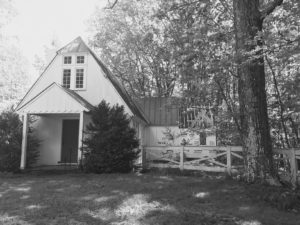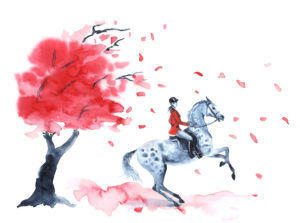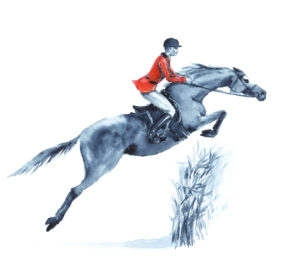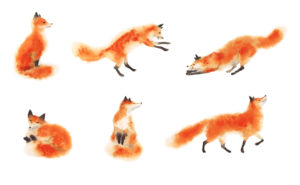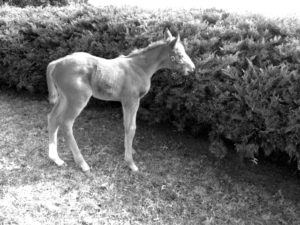Photos by Lynne Brubaker Photography
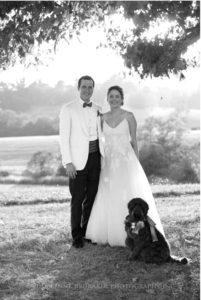 Chris Henry and Katie Manning were married September 17 in Keswick, Virginia, at Grace Episcopal Church. After the ceremony the couple rode in a horse drawn carriage to Castalia Farm, owned by the bride’s parents Diane and Paul Manning. Friends and family gathered in the property’s restored 1903 cattle barn for the reception. Katie’s 25-year-old former junior jumper Guinness, aka Clown, welcomed guests on the patio during the cocktail hour.
Chris Henry and Katie Manning were married September 17 in Keswick, Virginia, at Grace Episcopal Church. After the ceremony the couple rode in a horse drawn carriage to Castalia Farm, owned by the bride’s parents Diane and Paul Manning. Friends and family gathered in the property’s restored 1903 cattle barn for the reception. Katie’s 25-year-old former junior jumper Guinness, aka Clown, welcomed guests on the patio during the cocktail hour.
Chris parent’s Patricia Mehrmann and Alan Henry from Roanoke, Virginia, hosted the rehearsal dinner at Maya restaurant.
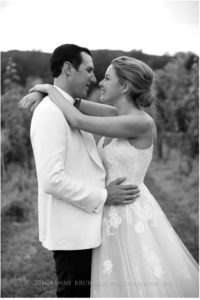 Chris and Katie became friends in the fall of 2007 at the University of Virginia where they both studied history. They started dating three years later while Katie studied journalism in graduate school at Georgetown University in Washington, D.C. After a few years working abroad – the groom in Africa and the bride in Chile – the couple moved back to Charlottesville to be together. The newlyweds now live downtown with their two loving labradoodles Billie Jean and Elvis. Katie reports as a freelance journalist for local and national media outlets. Chris is the general manager/COO of Stony Point Design/Build, a Charlottesville-based construction development company.
Chris and Katie became friends in the fall of 2007 at the University of Virginia where they both studied history. They started dating three years later while Katie studied journalism in graduate school at Georgetown University in Washington, D.C. After a few years working abroad – the groom in Africa and the bride in Chile – the couple moved back to Charlottesville to be together. The newlyweds now live downtown with their two loving labradoodles Billie Jean and Elvis. Katie reports as a freelance journalist for local and national media outlets. Chris is the general manager/COO of Stony Point Design/Build, a Charlottesville-based construction development company.












